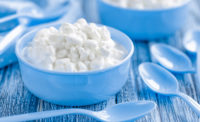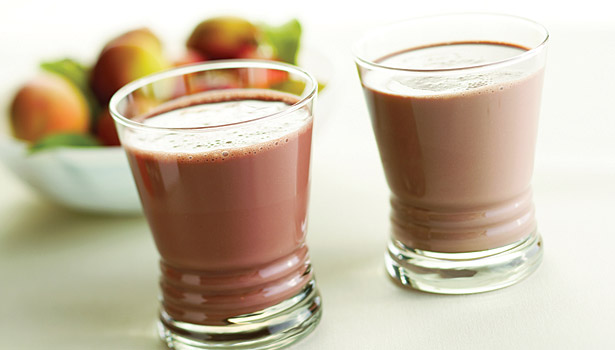Build a better dairy product
Dairy is naturally good. But when you add certain functional ingredients, you can make dairy foods and beverages even better.










Fortunately for those who crave dairy, CLA makes a handy addition to milk-based products. In fact, Troha calls dairy “an ideal vehicle for CLA, as it’s a natural fit as an existing component of dairy foods.” Formulators will find that her company’s ingredient has “minimal effects on taste,” she adds, and withstands heat treatment and low-pH environments common to some dairy applications.
Intended for use at up to 3 grams per day, the ingredient is GRAS in milk and flavored milk products, yogurt products and coffee creamers, and in soy milk beverages, fruit juice products and meal replacement beverages and bars. Permissible patent-protected use claims include that it helps reduce body fat, maintain lean body mass, increase or enhance relative lean body mass and improve body composition, Troha said.
Heart smart
With all the concern about body composition and weight management, do other functional benefits risk going unsung at this year’s IFT expo? Not likely. For one, Kingery’s company will spotlight heart health and cholesterol reduction by way of its plant sterol esters.
“Because plant sterols are structurally similar to cholesterol,” she explains, “they decrease cholesterol absorption in the small intestine. As a result, plant sterols generally produce a significant decrease in serum LDL cholesterol levels” of up to 10%.
FDA acknowledges that by granting a health claim on foods that contain at least 0.65 grams of sterol esters per reference amount commonly consumed (RACC) and that meet other qualifications, such as being low in saturated fat and cholesterol.
“In addition to the FDA’s health claim for plant sterol esters,” Kingery adds, “FDA has indicated in a public letter that certain food products containing free plant sterols may also qualify for the health claim.”
Either way, sterols in dairy will please key consumer groups, Kingery said. “The opportunity is the growth in the over-50 population and their increased focus on healthy lifestyles,” she said. Her company’s ingredient is a water-dispersible addition to its sterol ester line, developed for dispersion in skim milk. It allows the cholesterol reduction of sterols to be incorporated into fat-free systems,” she said, adding that it makes the ingredients “easy to work with in almost any application.”
All in the mix
“User-friendly” ingredients like these have been a boon to dairy processors eager to amp up functional appeal. But Raban cautions dairy processors to maintain a close eye on how functional ingredients behave with each other and in the context of an overall formulation.
For example, minerals may need to be added either before or after acidification to avoid creating any insoluble compounds that will negatively affect the finished product, she said. Further, because milk requires heat treatment for both refrigerated and shelf-stable distribution, formulators and manufacturers have to take this into consideration when determining which functional ingredients to add, when and at what levels.
Processing exigencies may necessitate overages of heat-labile nutrients to deliver what the nutrition facts panel promises, for instance. Changes in pH as a result of fermentation or acidification can trigger untoward reactions in proteins and minerals, not to mention flavors and colors. As with any formulation, knowing your ingredients is vital.
“That is one reason that having good relationships with your suppliers is so important,” Raban said.
Strong supplier relationships also ease the task of navigating the rocky regulatory landscape surrounding functional dairy.
“To be honest,” Steele said, “I think the greatest challenge in bringing any functional food to market — dairy included — is going to be regulatory.”
Looking for a reprint of this article?
From high-res PDFs to custom plaques, order your copy today!










